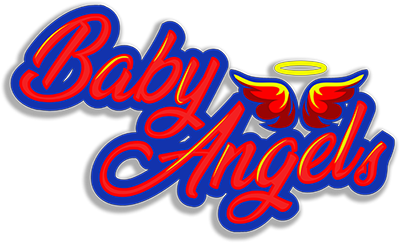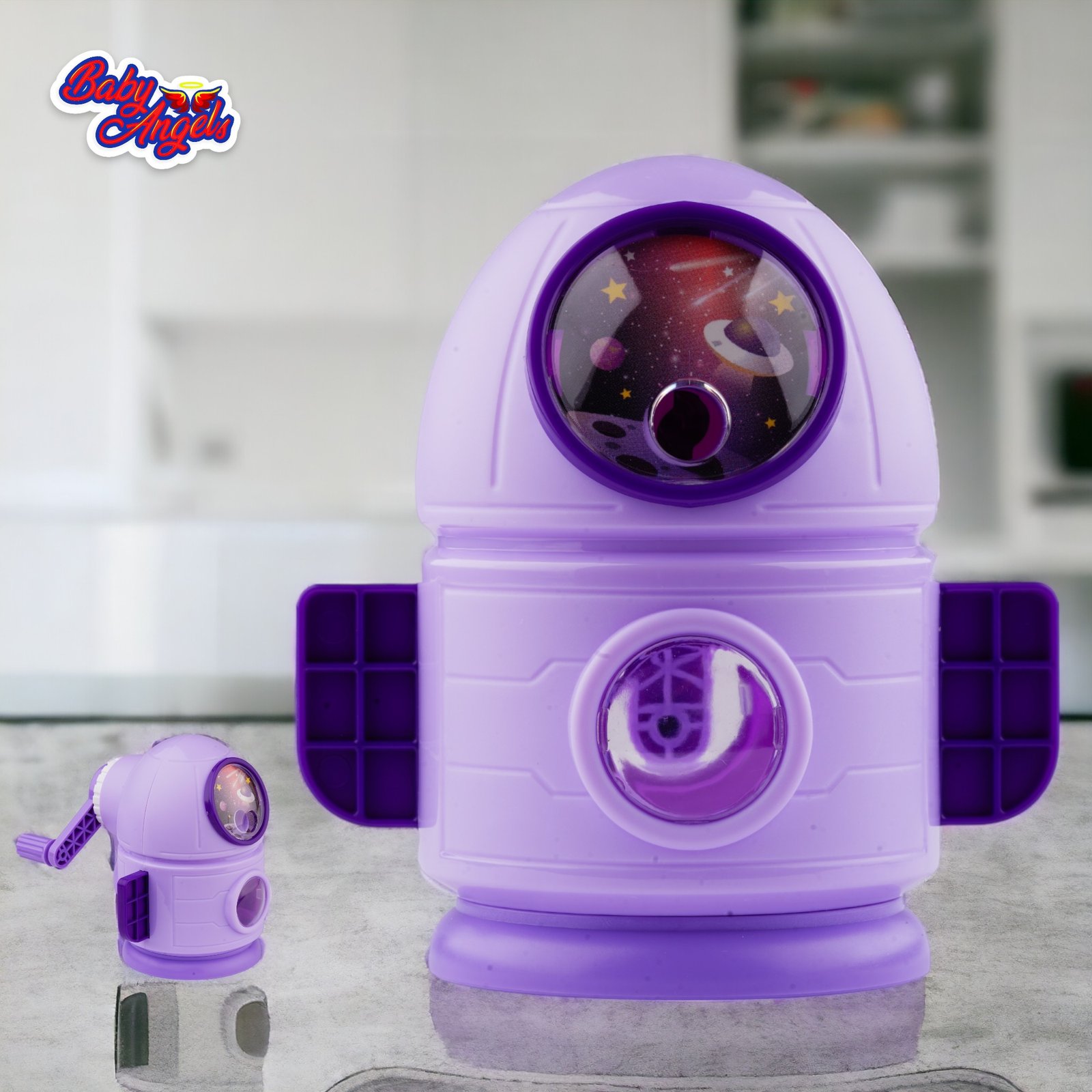Welcoming a new bundle of joy into your life is an experience like no other, filled with overwhelming love and an innate desire to provide the very best for your little one. If you’re a new parent or just looking for the perfect addition to your baby’s playtime, the world of toys can seem vast and complex. However, understanding the profound impact toys have on infant development can help you make informed choices that enhance early learning experiences.
This comprehensive guide is crafted with new parents and baby toy enthusiasts in mind. It not only lists must-have toys for infants but also lays out the fundamental criteria for choosing them, alongside crucial tips for ensuring playtime is both fun and safe.
The Vital Role of Toys in Baby Development
Toys aren’t just for keeping babies occupied – they play a crucial role in a child’s cognitive, physical, and social development. When selected wisely, toys stimulate sensory and motor skills, foster problem-solving abilities, and encourage imaginative play. This early interaction is the foundation for a lifetime of learning and discovery. With this in mind, it’s vital to invest in toys that offer varied experiences and are designed to engage your baby’s evolving needs.
Criteria for Selecting the Best Toys for Babies
Not all toys are created equal, especially when it comes to infants. The right toys for babies should meet specific criteria to ensure they are both safe and beneficial. Here are some factors to consider:
Safety First
Always look for toys that are age-appropriate and free of small parts that could become choking hazards. Opt for toys made of non-toxic materials and those that have passed safety standards. Be vigilant for sharp edges, strings, or any parts that could pinch or entangle tiny fingers.
Sensory Stimulation
Babies learn about the world through their senses, so toys with different textures, colors, and sounds are essential. Mobiles, rattles, and squishy blocks can provide a rich sensory experience.
Motor Skills
Toys designed for grasping, reaching, and kicking help babies develop their motor skills. Consider activity gyms, soft balls, and toys that promote tummy time.
Social and Emotional Development
Interactive toys, like musical instruments or dolls, can aid in social skills and emotional expression. Look for toys that encourage role-playing or those that will elicit a smile during peek-a-boo.
Intelligence Building
Simple puzzles, nesting cups, and other toys that offer a challenge appropriate to the age can help build problem-solving skills. Choose toys that stimulate curiosity and encourage exploration.
Top 10 Must-Have Toys for Babies
To ensure a well-rounded toy collection for your infant, here is a curated list of top 10 must-have toys that cover a wide range of developmental areas:
1. The Classic Rattle
A timeless favorite, the rattle is perfect for introducing babies to both sound and movement. Not only does it foster auditory and visual development, but it’s also an early lesson in cause and effect.

Age Range: Newborn+
Benefits to Development: Sensory, Motor Skills, Emotional Expression
2. High-Contrast Books and Mobiles
Babies are drawn to high-contrast patterns, which help develop their vision. High-contrast toys, whether in book form or as part of a mobile, stimulate and strengthen eye muscles.

Age Range: 0-3 months
Benefits to Development: Visual Stimulation, Cognitive
3. Teething Toys
Around six months, babies start teething. Teething toys offer relief and play. They also introduce the concept of objects that serve different purposes, a key cognitive milestone.

Age Range: 6 months+
Benefits to Development: Sensory, Motor Skills, Cognitive
4. Stacking and Nesting Toys
This category teaches babies about order and spatial relationships as they stack cups or fit rings over a post. It’s a valuable introduction to both math and engineering concepts.

Age Range: 6 months+
Benefits to Development: Motor Skills, Cognitive, Problem-Solving
5. Soft Blocks
Soft, squeezable blocks are great for little ones just learning to reach and grasp. They encourage hand-eye coordination and provide a safe introduction to the concept of stacking.

Age Range: 3 months+
Benefits to Development: Motor Skills, Hand-Eye Coordination, Tactile Stimulation
6. Puzzles
Simple knobbed puzzles help infants develop fine motor skills and problem-solving skills. Each successful piece fitting is a small victory for your baby’s growing brain.

Age Range: 9 months+
Benefits to Development: Motor Skills, Hand-Eye Coordination, Problem-Solving
7. Push-Pull Toys
Pushing and pulling toys helps babies learn balance, coordination, and the concept of cause and effect. These action-and-reaction toys provide endless entertainment.

Age Range: 9 months+
Benefits to Development: Motor Skills, Balance, Cause & Effect
8. Shape Sorters
Inserting shapes into the correct holes requires hand-eye coordination and the beginning of sorting skills. These toys lay the groundwork for recognizing and differentiating shapes.

Age Range: 12 months+
Benefits to Development: Fine Motor Skills, Recognition Skills, Problem-Solving
9. Floating Bath Toys
Bath time can be an educational experience when you introduce toys that float and can be scooped up. They teach about different states of matter and offer an opportunity for motor play.

Age Range: 6 months+
Benefits to Development: Cognitive, Motor Skills, Curiosity
10. Interactive Plush
An interactive plush friend offers the comfort of a soft toy with the added benefit of singing, talking, or playing games. These toys provide hours of imaginative play and social interaction.

Age Range: 0-3 years
Benefits to Development: Sensory, Emotional Expression, Social Skills
Tips for Safe Play with Toys
Ensuring your baby’s safety during playtime is non-negotiable. Here are some tips for safe play with toys:
Supervision is Key
Always supervise your baby during playtime, especially with new toys. Keep an eye out for any potential hazards and be ready to intervene if necessary.
Regularly Check for Wear and Tear
Toys can deteriorate over time, so regularly inspect them for any damage. Check for broken or loose parts that could be a choking hazard and either fix or discard the toy if it’s no longer safe.
Follow Age Recommendations
Toys are often marked with age recommendations for safety reasons. These are based on the developmental stage and potential hazards. Always follow these guidelines.
Avoid Toxic Materials
Ensure all toys are made of non-toxic materials. Babies explore the world through taste, so be cautious of any painted surfaces or parts that could be ingested.
Organizing and Rotating Toys for Maximum Engagement
Babies can become bored with their toys, just like anyone else. By organizing and rotating your baby’s toys, you can keep playtime fresh and engaging.
Make Use of Baskets and Bins
Storing toys in baskets or bins can not only keep them organized but also allow your baby to see a variety of toys and decide what to play with.
Create a Toy Rotation Schedule
Toys that are out of sight are often new and exciting again when brought back out. Create a schedule to rotate toys every week or month to maintain your baby’s interest.
Keep Playtime Areas Clutter-Free
A clean play space not only makes it easier for your baby to explore their toys but also reduces tripping hazards and makes it less likely that a toy will be overlooked.
Conclusion: Encouraging Playtime and the Importance of Ongoing Development
Toys are more than just objects. They provide the tools for growth, discovery, and the first steps toward independence. By understanding the impact of play on development and choosing toys that support multiple areas of growth, you can foster a rich environment for your child to learn and thrive.
Remember, every interaction with a toy is a learning opportunity. Engage with your baby during playtime, discuss the colors and shapes, and celebrate each new achievement. With your guidance and these essential toys, you’re well on your way to creating a world of wonder for your little one to explore.


